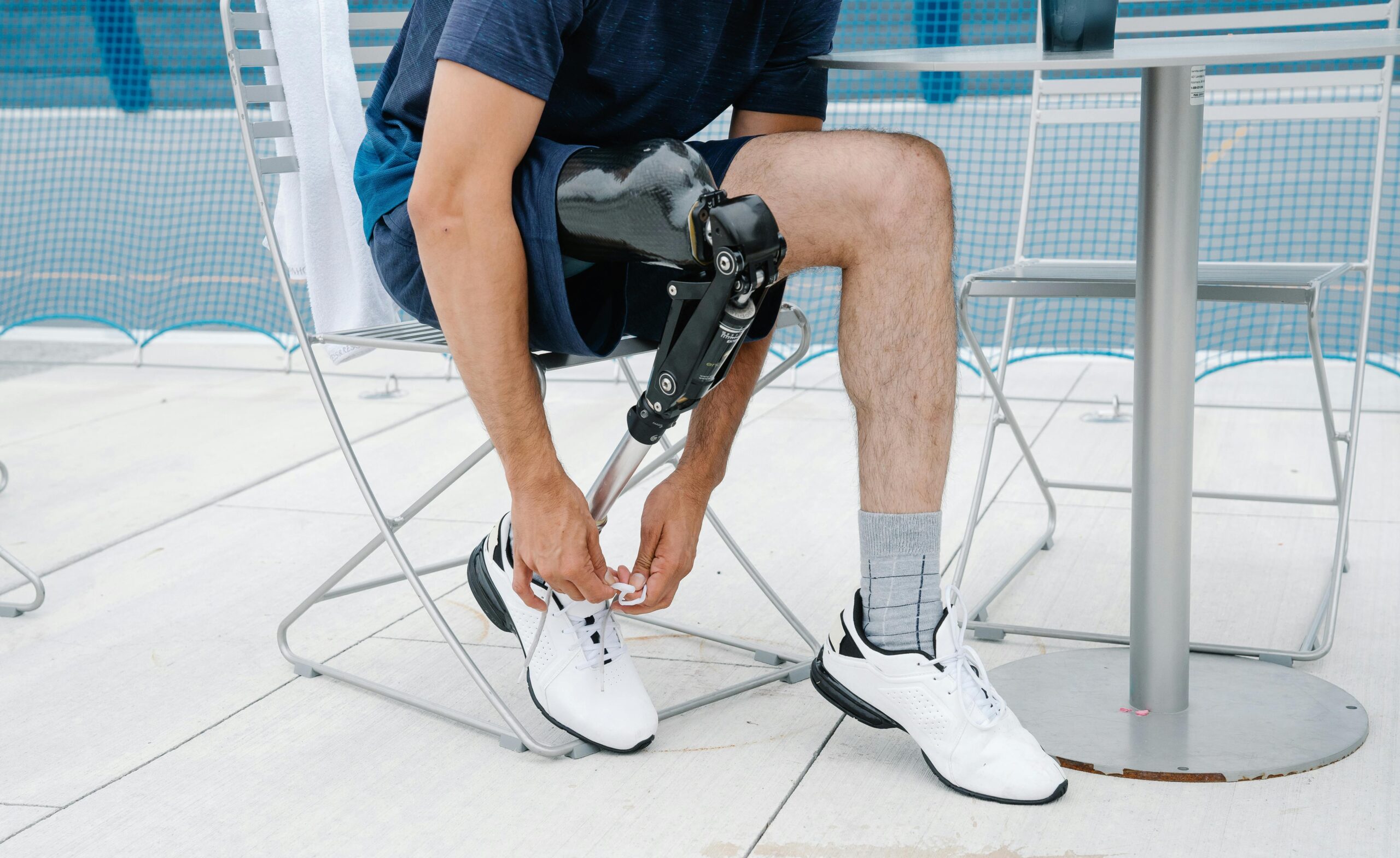Certain types of cancers, such as bone cancer and soft tissue sarcoma, can sometimes necessitate the removal of a limb to prevent the spread of the disease. Losing a limb can be a devastating experience, leading to significant physical and emotional challenges and requiring a major adjustment to a new way of life. This loss impacts mobility, balance, and the ability to perform daily tasks, often resulting in increased energy expenditure and fatigue. Additionally, individuals may experience phantom pain, a painful sensation in the area where the limb used to be.
The psychological effects of limb loss are profound, affecting body image and how others perceive the individual. Previously enjoyed activities, including hobbies and leisure pursuits, may become difficult or impossible, leading to feelings of isolation and social withdrawal. The need to rely on others for assistance can also contribute to feelings of low self-esteem and depression. Understanding how to cope with these changes is crucial for improving quality of life.
One effective way to manage limb loss is through the use of prosthetics. Prosthetics are artificial limbs that replace the lost body part, aiding in both physical rehabilitation and emotional adjustment.
How Prosthetic Limbs Help
- Daily Activities: Prosthetics assist in performing everyday tasks such as eating, walking, and carrying objects, thereby enhancing independence.
- Self-Image: Using a prosthetic limb can improve self-esteem and confidence, helping individuals feel better about their appearance and capabilities.
- Support: Prosthetics enable individuals to support themselves and their loved ones more effectively, promoting a sense of independence and responsibility.
According to the American Medical Association’s Journal of Ethics, increased use of prosthetics is associated with higher levels of employment, improved quality of life, reduced phantom limb pain, and lower levels of psychiatric symptoms. Advanced prosthetics even allow amputees to participate in high-level physical activities, such as running marathons and competing in triathlons, leading productive and fulfilling lives.
Cons of Prosthetic Limbs
- Cost: Prosthetic limbs can be expensive, making them inaccessible to everyone.
- Skin Irritation: Some prosthetics may cause skin irritation at the site where they are fitted.
How to Take Care of Your Prosthetic Limb
- Remove Before Sleeping: Follow recommendations to remove prosthetics before going to sleep.
- Inspect the Stump: Regularly inspect the limb stump to ensure the skin remains healthy.
- Wear Protection: Use appropriate protection between the stump and the prosthesis to prevent irritation.
- Appropriate Footwear: Wear suitable shoes if you have a leg prosthesis.
- Clean the Socket: Keep the socket of the prosthesis clean to avoid infections.
- Regular Check-ups: Visit your prosthetist regularly for adjustments and maintenance.
By incorporating a positive mindset, physical rehabilitation, and the use of prosthetics, individuals who have lost limbs can significantly improve their quality of life. These steps help manage the physical and emotional challenges, enabling them to lead active, independent, and fulfilling lives.
